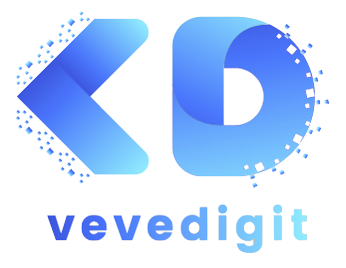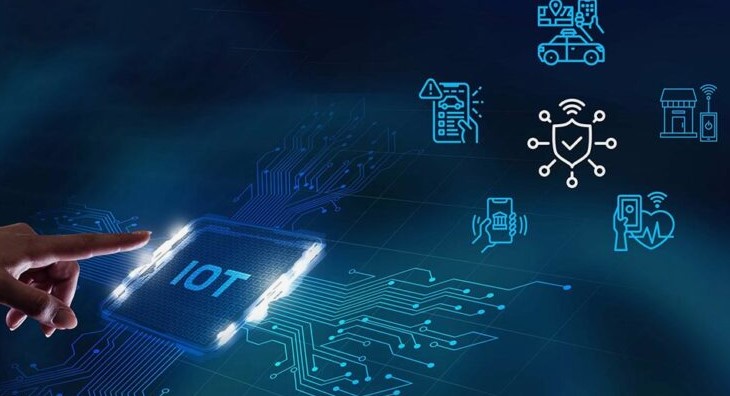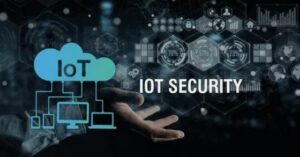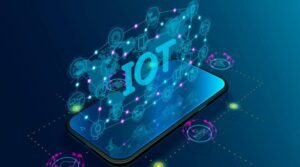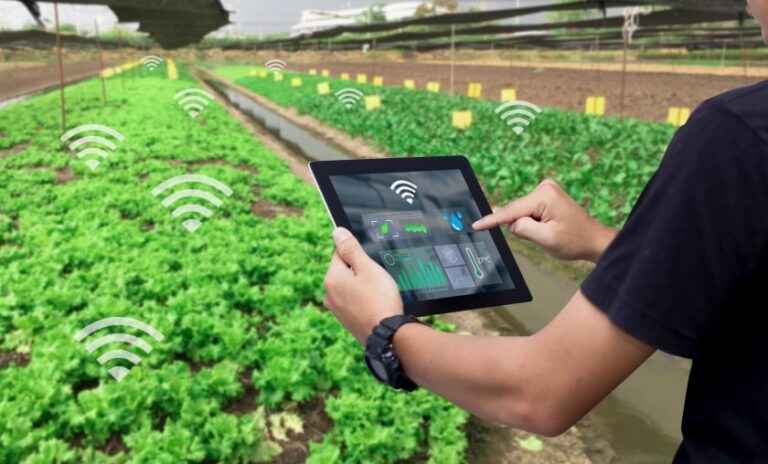The rise of the Internet of Things (IoT) has transformed industries worldwide. IoT sensors, embedded in various devices and systems, constantly collect data from their environments. This data plays a pivotal role in powering innovations, optimizing operations, and improving decision-making. However, what exactly happens to the data after it is gathered by these sensors? Understanding this journey—from data capture to its utilization—is critical for businesses, developers, and consumers alike.
Data Collection and Types
IoT sensors collect a plethora of data, ranging from temperature, humidity, and pressure to motion, sound, and light. The type of data gathered depends on the purpose of the sensor. For example:
- Temperature Sensors monitor environmental conditions for HVAC systems.
- Motion Sensors detect movement in security systems.
- Proximity Sensors are used in vehicles for collision detection.
- Health Sensors track vital signs like heart rate and blood pressure.
Each of these sensors captures data in real-time, ensuring accuracy and timeliness.
Transmission of Data
Once data is collected, it must be transmitted to a central hub or server. This process involves:
- Wireless Communication: Technologies like Wi-Fi, Bluetooth, Zigbee, and LoRa enable seamless data transfer.
- Protocols: IoT devices use protocols like MQTT (Message Queuing Telemetry Transport) and HTTP for communication.
- Gateways: Gateways act as intermediaries, aggregating data from multiple sensors and forwarding it to cloud servers or on-premises systems.
Secure transmission protocols are critical to ensure data integrity and protect against cyber threats.
Data Storage
The data transmitted by IoT sensors is stored in databases, either in the cloud or on local servers. Storage systems ensure scalability and efficiency while maintaining data accessibility. The two main types of storage include:
- Cloud Storage: Services like AWS IoT Core, Microsoft Azure IoT Hub, and Google Cloud IoT allow remote data access, scalability, and redundancy.
- Edge Storage: For latency-sensitive applications, data is stored closer to the source, minimizing delays.
Data retention policies are defined to comply with regulations and manage storage costs effectively.
Read More Related Post: IoT Industry on the Rise: Growth Trends to Watch
Applications of IoT Data
The true value of IoT data lies in its application. Here’s how different sectors utilize it:
- Smart Cities:
- Traffic management using real-time data from connected vehicles and infrastructure.
- Environmental monitoring to ensure air quality and waste management.
- Healthcare:
- Remote patient monitoring using wearable IoT devices.
- Early detection of diseases through data-driven diagnostic tools.
- Retail:
- Personalized shopping experiences through IoT-enabled tracking and recommendations.
- Efficient inventory management using smart sensors.
- Manufacturing:
- Predictive maintenance of equipment to prevent breakdowns.
- Enhanced productivity through workflow optimization based on sensor data.
Data Processing and Analysis

Raw data collected by sensors is often unstructured and requires processing to extract actionable insights. Processing involves:
- Data Cleansing: Removing errors, redundancies, and inconsistencies in the data.
- Data Integration: Aggregating data from multiple sources for comprehensive analysis.
- Data Analysis: Employing AI and ML algorithms to identify patterns, trends, and anomalies.
Applications such as predictive maintenance in manufacturing, smart city solutions, and health monitoring systems heavily rely on these analytical processes.
Data Utilization
The ultimate goal of data collection is to drive actionable insights and enhance decision-making. Examples of data utilization include:
- Optimizing Operations: IoT sensors in logistics help track shipment conditions, enabling supply chain efficiency.
- Improving Products: Data collected from consumer IoT devices helps manufacturers enhance product features.
- Personalized Experiences: IoT-enabled smart home devices use data to tailor user experiences.
Data Security and Privacy Concerns
With the vast amount of data collected, ensuring security and privacy is paramount. Key measures include:
- Encryption: Safeguarding data during transmission and storage.
- Access Control: Restricting access to authorized personnel only.
- Regulations Compliance: Adhering to standards like GDPR, CCPA, and ISO 27001 to protect consumer rights.
Consumers must be informed about how their data is collected, stored, and used to foster trust.
Data Retention and Disposal
Not all data is retained indefinitely. Organizations establish data retention policies to determine how long data is stored. Once the data is no longer needed, secure disposal methods such as data wiping or physical destruction of storage media ensure it cannot be retrieved.
Ethical Implications of Data Usage
IoT data holds immense potential but also raises ethical questions:
- Surveillance Concerns: Excessive data collection can lead to privacy infringements.
- Bias in Decision-Making: Improper data handling might introduce biases in AI algorithms.
- Accountability: Organizations must ensure ethical data handling and transparency in processes.
Emerging Trends in IoT Data Handling
Several trends are shaping how IoT data is handled:
- Edge Computing: Reduces the need for centralized processing, enabling faster decision-making.
- Blockchain for IoT: Enhances data security and transparency in transactions.
- AI Integration: Automates data analysis and drives intelligent insights.
Read More Related Post: IoT Sensors Demystified: What They Are and How They Drive Innovation
Conclusion: Empowering the IoT Ecosystem
The data collected by IoT sensors drives innovations and enhances various aspects of our lives. From optimizing industrial operations to enabling smarter homes, the potential applications are endless. However, with great power comes great responsibility. Ensuring data security, ethical usage, and privacy protection is vital as we embrace the IoT revolution.
As technology evolves, so will the ways we collect, process, and utilize IoT data. By addressing challenges and adopting best practices, we can unlock the full potential of IoT sensors while safeguarding user interests and fostering innovation.
